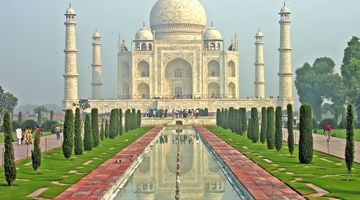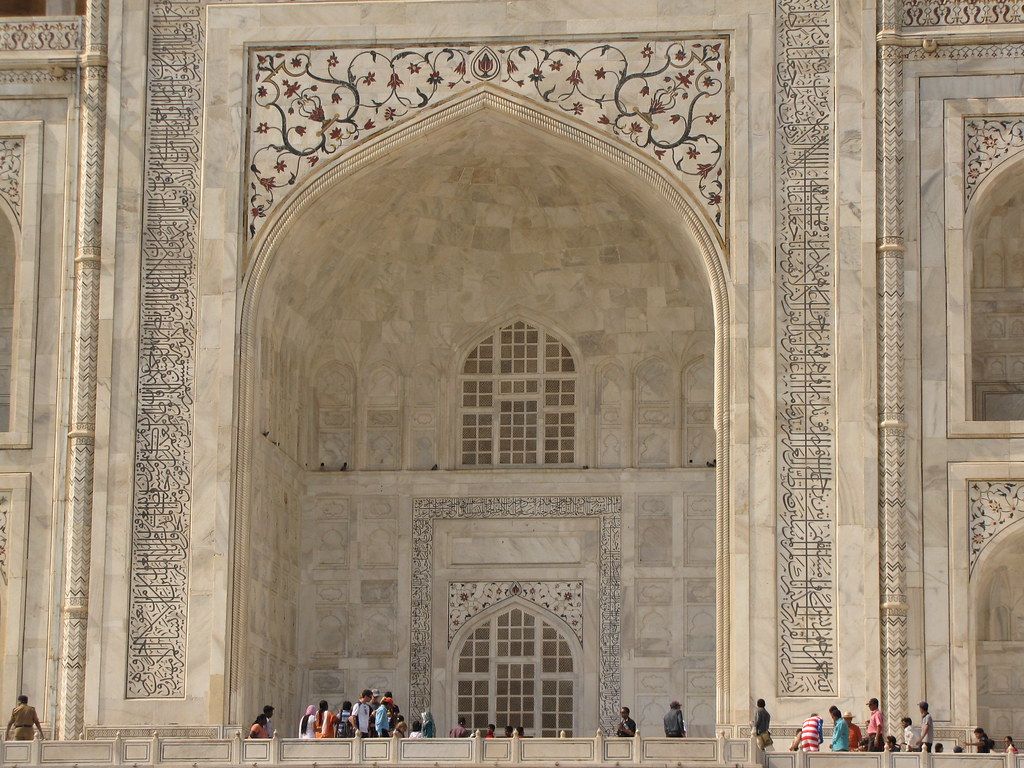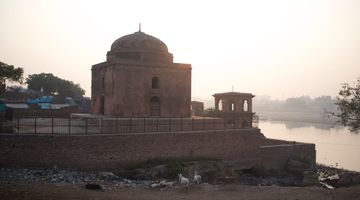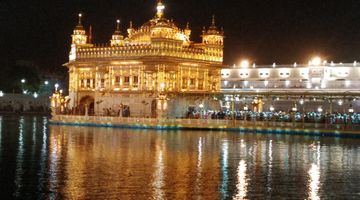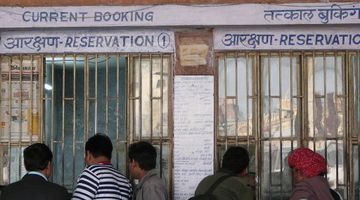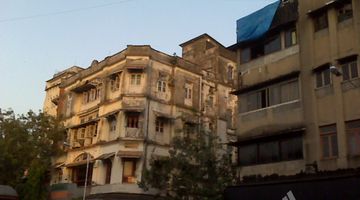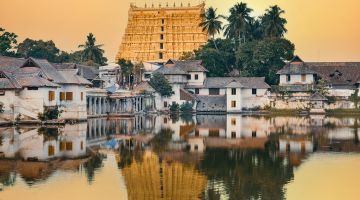The Taj Mahal: Love Wrought in Stone
It is an architectural marvel, a marble mausoleum, and a national treasure. It is among the top wonders of the world, and its image has come to represent the nation it calls home. The Taj Mahal symbolizes India to the entire world, but many have never heard the beautiful story of romance that led to its creation and that has caused it to be called “love wrought in stone.” For those who know the history of the Taj Mahal, it becomes a monument to the endurance of love.
Taj Mahal – the true story
Shah Jahan was the fifth Mughal emperor in India and was the last in a strong line of rulers who left such an impression on the nation that their influence is still felt today. His name stands in the annals of history as a great leader. However, true to the saying “behind every great man stands a great woman,” Shah Jahan relied heavily on his beloved wife Mumtaz Mahal for support and guidance.
Mumtaz was betrothed to Shah Jahan at an early age, and though she became his second wife, she is said to have held his entire heart and affection. She received unprecedented power as an empress and was Shah Jahan’s constant companion and most trusted confidant. During their marriage, they had fourteen children together; however, she passed away during the birth of their last child. There are multiple accounts of Shah Jahan’s ensuing grief. Historians say that he went into inconsolable mourning for a year and that upon his reemergence, his hair had turned completely white.
The archotect of the Taj Mahal
Shah Jahan then commissioned the creation of the Taj Mahal, which was to be the grandest tomb ever made during the Mughal dynasty, to house the body of his beloved Mumtaz. He had the court architect, Ustad Ahmad Lahori, lead the building of the mausoleum. Lahori’s Persian ancestry combined with the Islamic and Mughal architectural styles of the time make the building a work of art—a blend of multiple cultural and religious styles.
Taj Mahal inside and outside
In keeping with those styles, the building and complex are strictly symmetrical. Though only one gate is necessary, visitors will find that there are four gate-like structures. One is to enter through, another is a mosque, another is a guest house, and the last stands at the back, overlooking the banks of the Yamuna River. Visitors will also notice that pictures taken from each side will look virtually the same; the only difference will be the lighting from the sun, which makes photographing the structure fairly easy (just find the right direction for the lighting).
However, there is one important feature that throws off the symmetry of the building. As visitors crowd inside the small interior of the Taj Mahal, they may notice through intricately carved marble screens that there are two graves in the middle of the structure. Though the Taj Mahal was built to be a resting place solely for Mumtaz Mahal, it became a tomb for Shah Jahan as well. During the construction of the Taj Mahal, Shah Jahan was put under house arrest by his son Aurangzeb. He had to watch the construction from his palace at nearby Agra Fort. When Shah Jahan passed away, Aurangzeb decided to bury his father beside Mumtaz Mahal, instead of using his inheritance to build another monument. Therefore, the grave in the very center of the structure is Mumtaz’s and the one beside her is her loving and devoted Shah Jahan.
The asymmetry continues to breathe life into one of the most enduring and poignant myths about the Taj Mahal. Some say that Shah Jahan had plans for a monument of his own but was never able to carry them out because of his imprisonment. Even in the face of little historical evidence, tour guides today are adamant about the plans for a Black Taj Mahal—Shah Jahan’s tomb. Across the Yamuna River is Mehtab Bagh, a garden known for providing exquisite (and less crowded) views of the Taj Mahal. Here, structural remains for a building have been excavated, and many maintain that these are the remains of a foundation for a Taj Mahal twin.
Taj Mahal myths and legends
Legend has it that Shah Jahan intended to commission an exact replica of Mumtaz’s tomb for himself in contrasting black marble. There is no reputed evidence to support this; however, the idea of two behemoth tombs for two lovers across the river from one another makes travelers want to believe it’s true.
Others believe that Shah Jahan ordered the mutilation of the artisans who worked on the Taj Mahal to preserve its claim as one of the most beautiful buildings in the world. The myth goes that Shah Jahan commanded that the hands of the craftsmen completing the inlay work be chopped off so that they could never create something as stunning as the Taj Mahal.
A similar legend states that he forced them to have their eyes removed from their sockets so that they could never see something as lovely as the Taj Mahal ever again. Luckily, these myths have been proven to be false, and even without the threat of mutilation, many would claim the Taj Mahal to be a creation of unparalleled beauty.
Taj Mahal Facts
Visitors should keep in mind a few facts about the Taj Mahal’s construction for context when admiring its masterful workmanship:
It is 73 meters or 240 feet tall.
Its construction took about 22 years to finish.
Its cost is estimated at about INR 32 million or USD 1 billion at the time of its construction.
An estimated 20,000 laborers from all over Asia were employed in its construction.
There are a total of 28 precious and semiprecious stones and gems inlaid in the marble.
The pure white marble becomes discolored every few years from the air pollution in Agra and must be cleaned frequently.
Additionally, there are several interesting architectural features that help produce the Taj Mahal’s flawless appearance. The architect took perspective and the shortcomings of the human eye into account when building the tomb. That’s why the script around the doorways actually gets bigger the higher up it is. It would normally look smaller to the naked eye, but this trick keeps the script looking even on all sides.
One may also notice that the minarets (four towers around the central structure) lean out ever so slightly. This was done so that if the minarets ever were to tumble down, they would fall outward, away from the central tomb.
And perhaps most notable of all are the properties of the beautiful white marble itself. The marble seems to almost change colour in different light, and it’s for this reason that many choose to see it either at sunrise or sunset when the marble glows either more red or yellow, depending on the time of day.
Taj Mahal Information
The Taj Mahal is a must-see sight for anyone traveling to India. There are a few logistical things to keep in mind when planning a visit though.
The site is closed every Friday for religious purposes but is open from sunrise to sunset on all other normal days.
The price of entry is INR1000 for foreigners, INR530 for citizens of SAARC and BIMSTEC countries, and INR40 for Indians.
There is no entry fee for children 15 years and younger.
There is no strict dress code for the Taj Mahal, so there isn’t a need to cover up hair or anything of that nature, but (as is a good rule of thumb for traveling anywhere in India) it is a smart idea to cover calves and shoulders to show respect.
A visit to the Taj Mahal is sure to be the highlight of any traveller’s trip to India. People love the contrast of the glimmering blue pools against the backdrop of the milky, pure white marble inlaid with thousands of glittering jewels and stones dancing in stunning patterns to create leaves and blossoming flowers. It is undoubtedly one of the loveliest monuments in the world, and for those who know its history, it poetically becomes “a teardrop on the cheek of time.”
